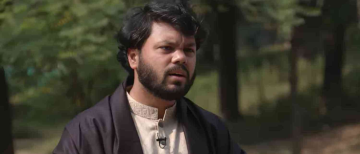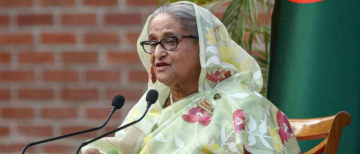The recent breaking of A-83, a huge iceberg from the Brunt Ice Shelf in Antarctica, has shocked scientists all over the world. This is the third big calving event in the area in just four years. It shows how unstable Antarctic ice shelves are becoming and how terrible the effects could be in a warmer world.
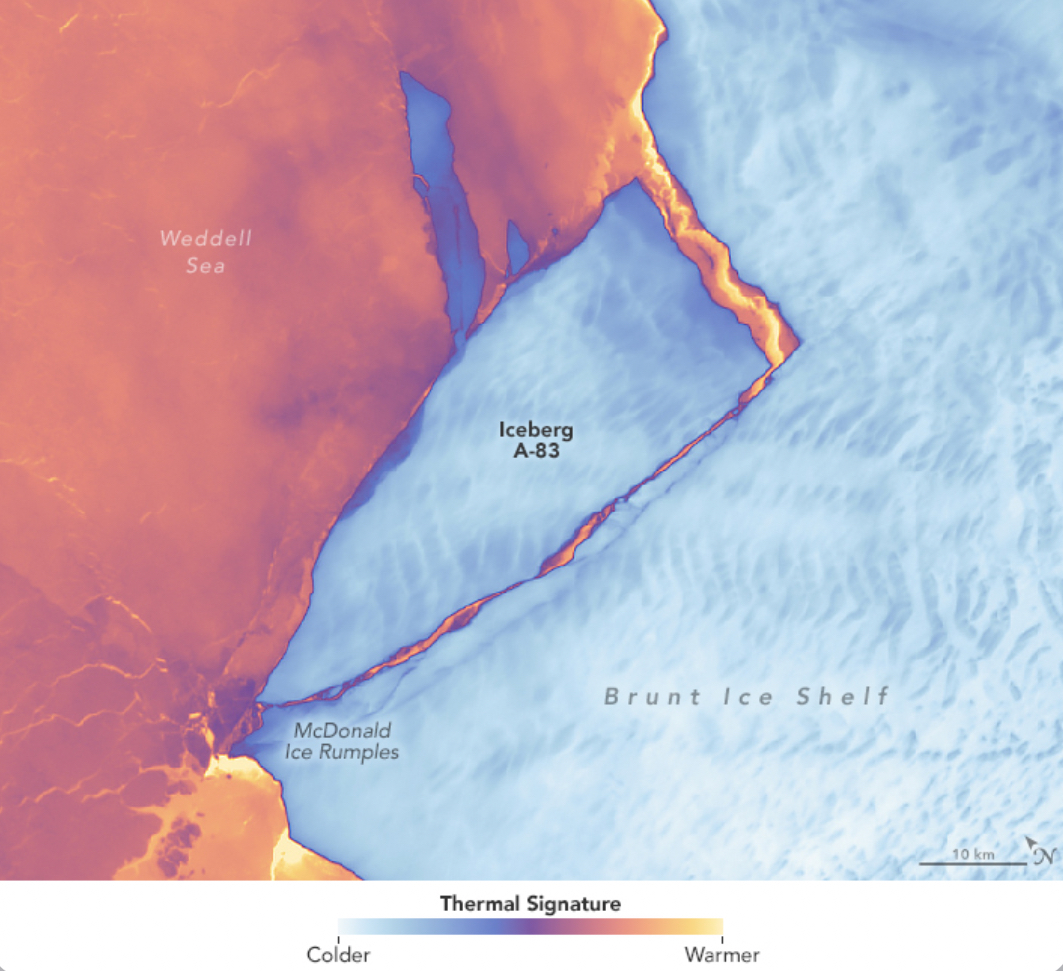
The Brunt Ice Shelf Calving Event
A huge iceberg, about four times the size of New Delhi (380 square kilometres), broke off from the Brunt Ice Shelf on May 20, 2024. This was evident on satellite images. The US National Ice Centre named this calving event A-83. It came after two bigger ones in 2021 and 2023, both of which were similar.
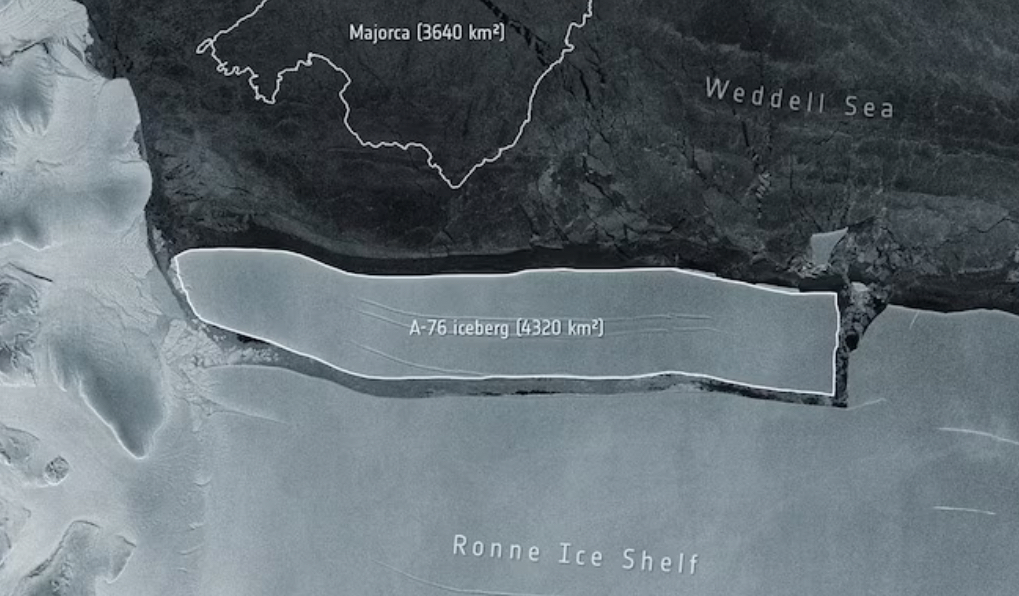
It appears that a variety of factors are contributing to the birth of these calves. Over time, the McDonald Ice Rumples, which are naturally weak spots on the ice shelf, have grown weaker. The spreading eastward of a big crack, appropriately named the "Halloween Crack," that first showed up in 2016, makes this weakness even worse. This crack's constant movement has made the ice shelf less stable, resulting in the recent breaking event.
Figuring out how important ice shelves are
Ice shelves are huge chunks of glacial ice that float in the water around Antarctica. They are critical for controlling how much ice moves from land to sea. These frozen barriers stop the glaciers from moving farther away, like brakes. This makes it possible for more ice to form on the land, which helps keep sea levels stable.
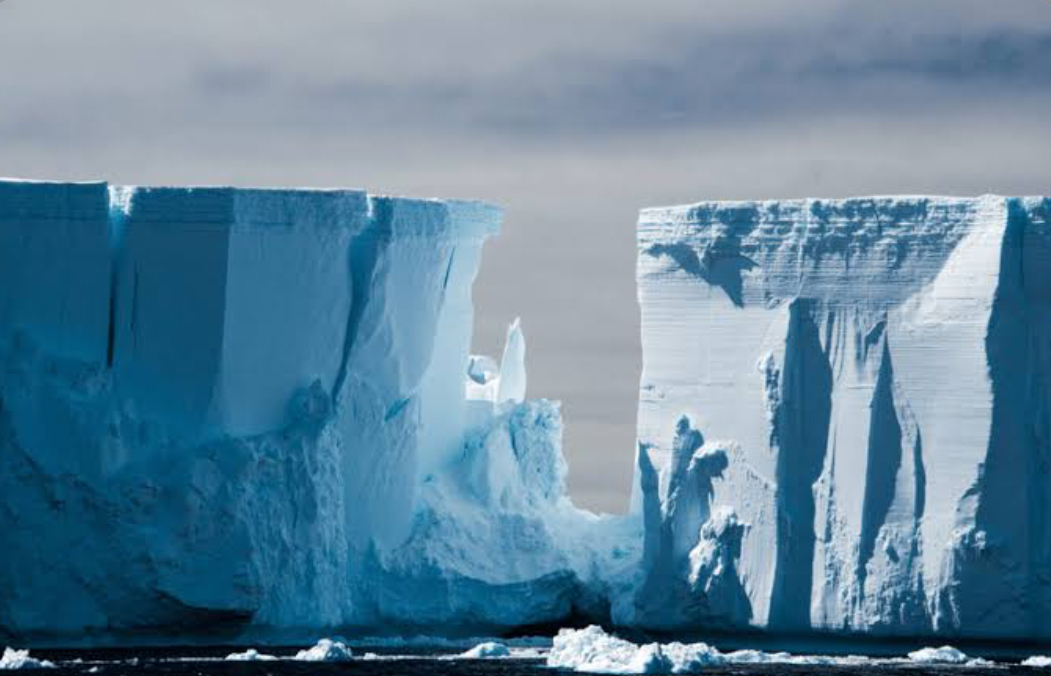
But bad things can happen when ice shelves break apart or weaken. The loss of these supporting forces speeds up the movement of glaciers towards the sea, which causes a lot more ice to melt and the sea level to rise. This could flood cities and towns along the world's coasts.
What role does satellite monitoring play?
Recent calving events on the Brunt Ice Shelf underscore the criticality of continuously monitoring Antarctica's ice shelves. Copernicus Sentinel-1 from the European Space Agency and Landsat 8 from NASA are two very important satellites in this effort.
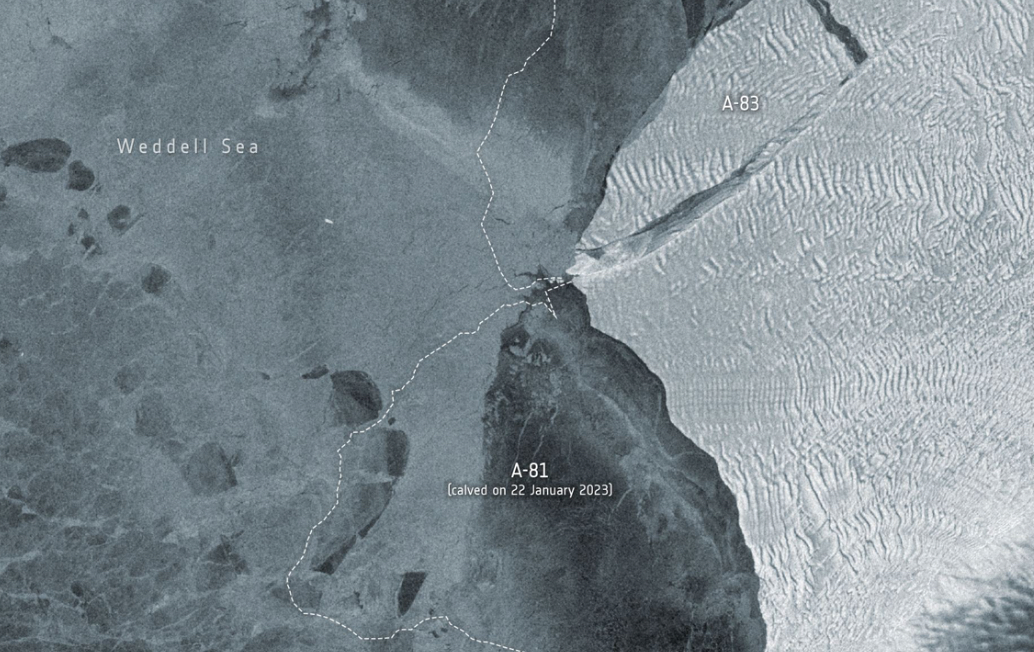
These Earth Observation Satellites send pictures and data with a high resolution that help experts see how ice shelves change over time. Scientists can use radar and temperature data from these satellites to find weak spots, track the spread of cracks, and measure the thickness of icebergs. This constant observation is necessary to know how healthy the ice shelves are and to guess when calving will happen in the future.
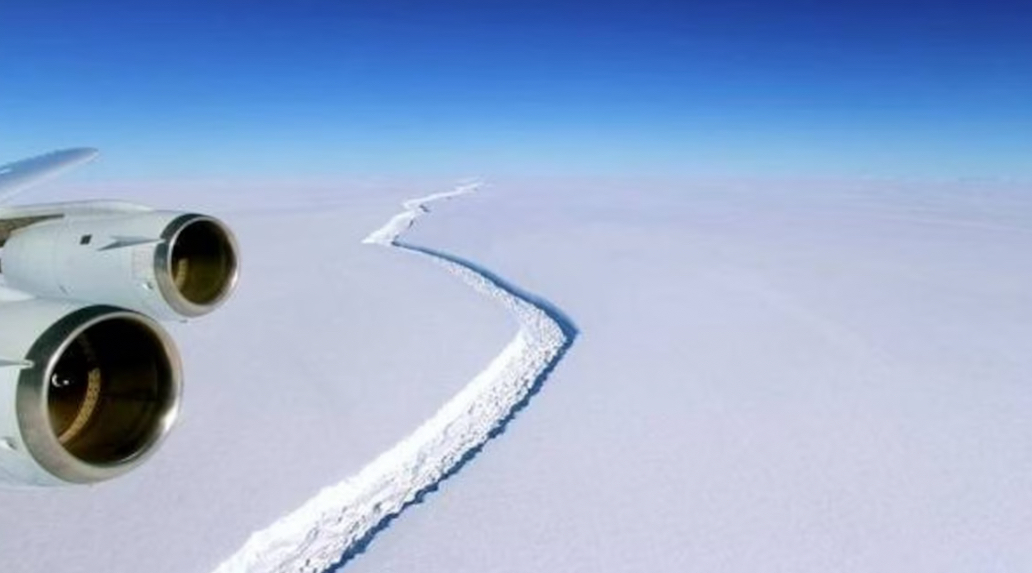
When the Brunt Ice Shelf calved, it was a stark warning of how quickly climate change is changing Antarctica. The increasing number and size of calving events demonstrate how important it is to cut greenhouse gas emissions and slow down global warming right away.
Looking Ahead: The Path Forward
It's still not clear what will happen to Antarctica's ice caps. We must continue our research and monitoring to fully understand the interplay between climate change, ice dynamics, and calving events. But the way things are going now makes it clear that we need to move right away to stop climate change.
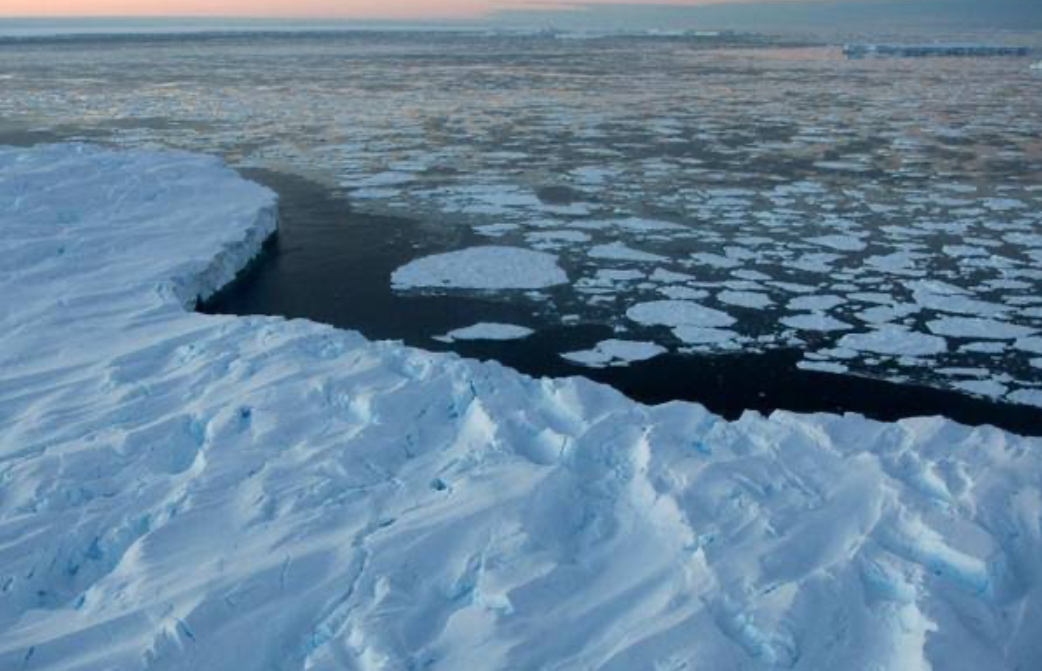
Pay attention to these important areas:
- Accelerating the reduction of greenhouse gas emissions: The most crucial action to mitigate the effects of global warming on Antarctica's ice shelves is to slow it down.
- Better tracking and research: To understand how ice shelves move and predict how they will change in the future, we need to keep putting money into studies and advanced monitoring programs.
- Working together internationally: The problem of climate change and its effects on Antarctica requires a coordinated effort from everyone in the world. Effective mitigation and adaptation plans require international teamwork.
It's time to wake up after the Brunt Ice Shelf calved. It's a stark reminder of how fragile Antarctica's ice shelves are and what could happen to our world if they break. We can work towards a future where these beautiful ice giants continue to grace our planet and play an important role in keeping the global sea level stable by taking strong action to stop climate change and investing in study and monitoring.
Image Source: Multiple Agencies
Inputs from Agencies
© Copyright 2024. All Rights Reserved Powered by Vygr Media.









